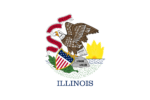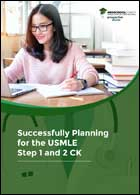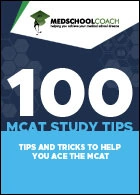
Ivy League Schools are incredibly competitive to get into. Ivy League School acceptance rates range from under 5% at Harvard to just over 10% at Cornell for the Class of 2024.
To be a great applicant to Ivy League schools (and other top colleges across the country), you have to position yourself as an excellent student with a stellar personal statement, unique theme and great references.
2.1%
Harvard University
Located in Cambridge, MA, just across the Charles River from Boston, Harvard is perhaps the most well respected name in all of higher education.
1.9%
Columbia University
In the middle of New York City, Columbia University is home to numerous famous graduates, including Barack Obama. It was founded in 1754.
5.5%
Princeton University
Named for the city it’s located in, Princeton is among the most competitive schools in the country every year.
1.6%
Yale University
Founded in 1701, Yale is the third-oldest institution of higher education in the United States and has award winning research programs.
1.6%
Brown University
Known for it’s liberal undergraduate curriculum, Brown University is located in Providence, RI.
2.6%
University of Pennsylvania
Founded by Benjamin Franklin, UPenn is a world renowned institution with exceptional medical, law, engineer, business and undergraduate programs.
1.1%
Dartmouth University
In beautiful Hanover, NH, Dartmouth College ranks among the world’s finest academic institutions.
1.5%
Cornell University
In Upstate NY, Cornell is known as the “easiest Ivy to get into and the hardest to get out of”. With an amazing undergraduate education and plethora of schools and majors to chose from, it’s an incredible institution.
Need help understanding Ivy League School acceptance rates or with your personal statement? Let a MedSchoolCoach expert help you!
Read Next: What Counts Towards Your BCPM GPA?





